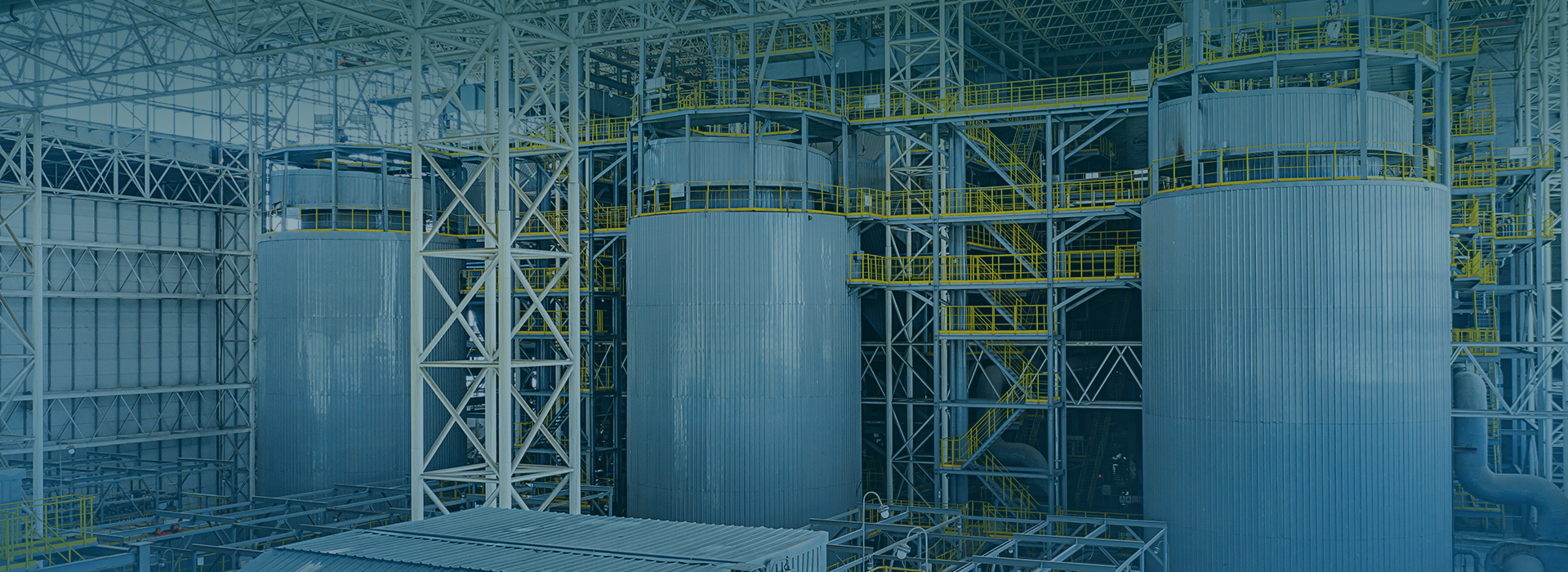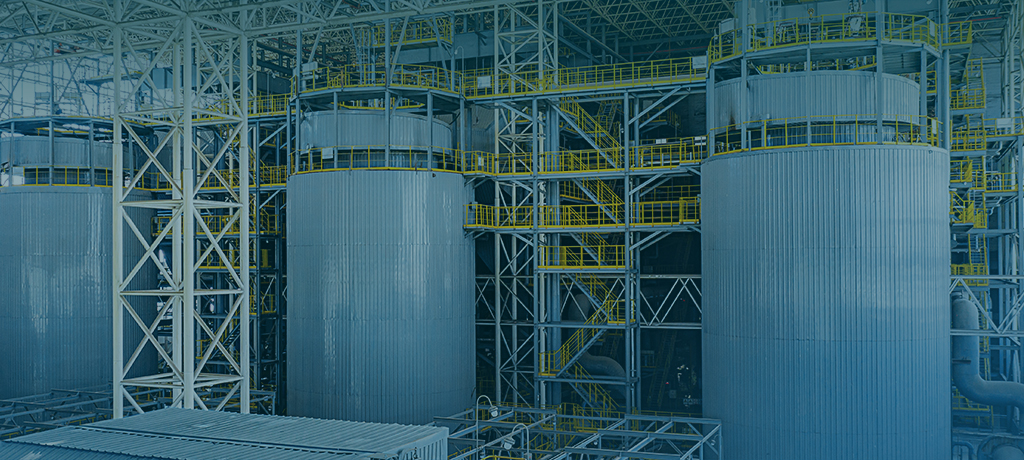- Home
- About us
- News & Events
- Corporate business
- Engineering performance
- Contact us
- National regulations
-
National service hotline400-117-5858


The raw flue gas and absorbent enter the reactor through the regulating rotor, and the reaction products are carried by the flue gas, separated by the dust collector, humidified by the return system and returned to the reactor. The humidified dust, absorbent and reaction products form a high concentration fast bed in the reactor, where the absorbent surface is constantly updated to promote the continuous deacidification reaction.

The raw flue gas enters the absorption tower from the lower part of the venturi, and the absorbent and water enter from the expansion section. The dust, absorbent and reaction products are collected and returned by the dust collector and recycled. A high concentration fluidized bed layer is formed at the lower part of the absorption tower, where the absorbent particles collide and abrade violently, and the reaction surface is constantly updated to promote the continuous deacidification reaction.

The raw flue gas is guided by the air inlet flue and rotates downward from the top into the reaction tower. The lime slurry is dragged and cut into small particles through the atomization plate. Heat and mass transfer are carried out in the liquid film on the particle surface. HCl, SO2 and other acidic substances in the flue gas are removed and discharged after filtration by the bag filter.

The single tower double circulation integrated tower technology is adopted, and the high-temperature flue gas enters from the lower part and is discharged after passing through the cooling absorption part and dehumidification absorption part. Acid pollutants, ultra-fine dust and aerosols are removed, and the gaseous water in the saturated flue gas is condensed and precipitated.

The empty tower spray technology is adopted. The raw flue gas enters from the lower part of the absorption tower. After multi-layer spray washing of the circulating liquid, the acid pollutants and dust are removed, and the reaction products are solidified and collected.



